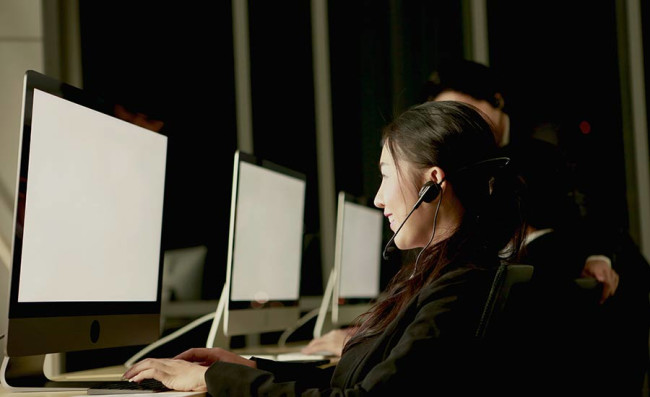How After-Hours Answering Services Works
As businesses aim to cater to a 24/7 world, the adoption of after-hours answering services has surged. These services bridge the gap between traditional business hours and modern consumer expectations. The seamless extension of customer service into the night, weekends, and holidays ensures that businesses remain responsive and accessible, no matter the hour. But how does this nocturnal ecosystem operate? Let’s pull back the curtain on the intricate ballet of after-hours answering, from the initial ring of a call to the final delivery of a message or forwarding of a call.
The Process Unveiled
- Call Reception: It all begins with a call made after standard business hours. Instead of reaching a closed office or a lifeless voicemail, the call is redirected to an after-hours answering service. This transition is so seamless that the caller may not even realize they’re speaking with an external service provider.
- Professional Greeting: Answering service operators are trained to answer calls in the name of your business, using a custom greeting as if they were right there in your office. This personalized touch maintains the continuity of your customer service experience, ensuring that clients feel acknowledged and valued, even outside of regular business hours.
- Call Handling According to Protocols: Before diving into after-hours answering, businesses and service providers work together to establish specific protocols for handling various types of calls. These guidelines dictate how calls should be managed, whether that involves providing basic information, taking messages, or escalating urgent matters. Operators are equipped to handle each call according to these predetermined instructions, ensuring that every caller receives the appropriate level of attention and service.
- Message Taking: For many calls, taking a detailed message is the required action. Operators are trained to collect all pertinent information—such as the caller’s name, contact details, and the nature of their inquiry—in a clear and concise manner. This information is then prepared for delivery to the business, ensuring that nothing is lost in translation.
- Message Delivery: Once a message has been taken, it’s delivered to the business in a predefined manner. This could be via email, text message, or another preferred method, allowing for immediate notification. The aim is to ensure that businesses can respond to inquiries, leads, or issues promptly, even if they are not physically present.
- Call Forwarding for Urgent Matters: Not all after-hours calls can wait until the next business day. For urgent matters, such as service outages, emergencies, or high-priority clients, calls can be immediately forwarded to a designated on-call employee or manager. This ensures that critical issues are addressed promptly, minimizing potential damage and demonstrating to customers that their concerns are taken seriously at all times.
- Continuous Availability: After-hours answering services operate on a round-the-clock basis, ensuring that no call ever goes unanswered. This relentless availability caters to the modern consumer’s expectations for instantaneity and support, regardless of the time of day or night.
Conclusion
In essence, after-hours answering is a meticulously choreographed operation designed to extend the reach of your business beyond the confines of traditional hours. By entrusting this crucial aspect of customer service to skilled professionals, businesses can ensure that every call is handled with care, maintaining a stellar customer service reputation and capturing opportunities that might otherwise be missed. The night, as it turns out, is full of potential—for those businesses prepared to answer the call.

